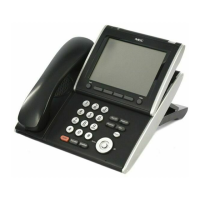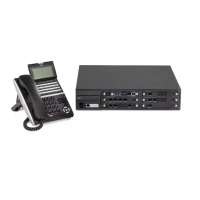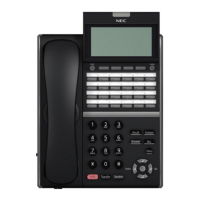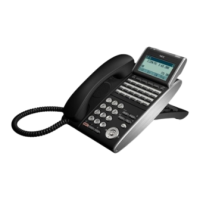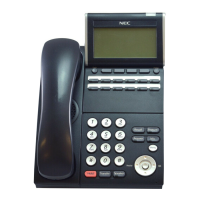755
IP Trunk – (SIP) Session Initiation Protocol
Description
The UNIVERGE SV9100 IP Trunk SIP package sends the real time voice over the corporate LAN or
WAN. The voice from the telephone is digitized and then put into frames to be sent over a network using
Internet protocol.
With the SV9100 you can have two SIP Profiles allowing you to connect to two different SIP Carries, or
allow you to have a SIP System Interconnection and connection to a SIP Carrier.
Using VoIP equipment at a gateway (a network point that acts as an entrance to another network), the
packetized voice transmissions from users in the company are received and routed to other parts of the
company Intranet (local area or wide area network) or they can be sent over the Internet using CO lines
to another gateway.
The GPZ-IPLE Daughter Board interface can provide IP trunks and Tie Lines that can operate in the
following modes:
COI
COID
DID
TLI
DTI
Depending on the requirements and resource allocation in the LAN/WAN/Internet, the GPZ-IPLE - SIP
can be configured to use any of the following voice compressions:
G.711 -Law – Highest Bandwidth
G.729 (a) – Most often used
The LAN/WAN or Internet connection is provided by a 10 Base-T/100 Base-TX Ethernet.
For a list of vendors that have successfully completed interoperability certification go
to BusinessNet and refer to Technical Documentation.
Conditions
The option to set the SIP trunk Codec to G711 or G729 Fixed is supported in Program
84-13-28.
A maximum of 400 IP Trunks are supported in the SV9100.
The SV9100 supports G.711 or T.38 for FAX.
The SV9100 does not support fallback to G.711 from G.729/G.726 for data (FAX) calls.
A transferred call can not use T.38 at the transferred destination.
SIP trunks are assigned in increments of four.
Calling Party Name is not provided for outgoing calls on SIP trunks.
With SV9100 software and GPZ-IPLE daughter board installed, half duplex connections are

